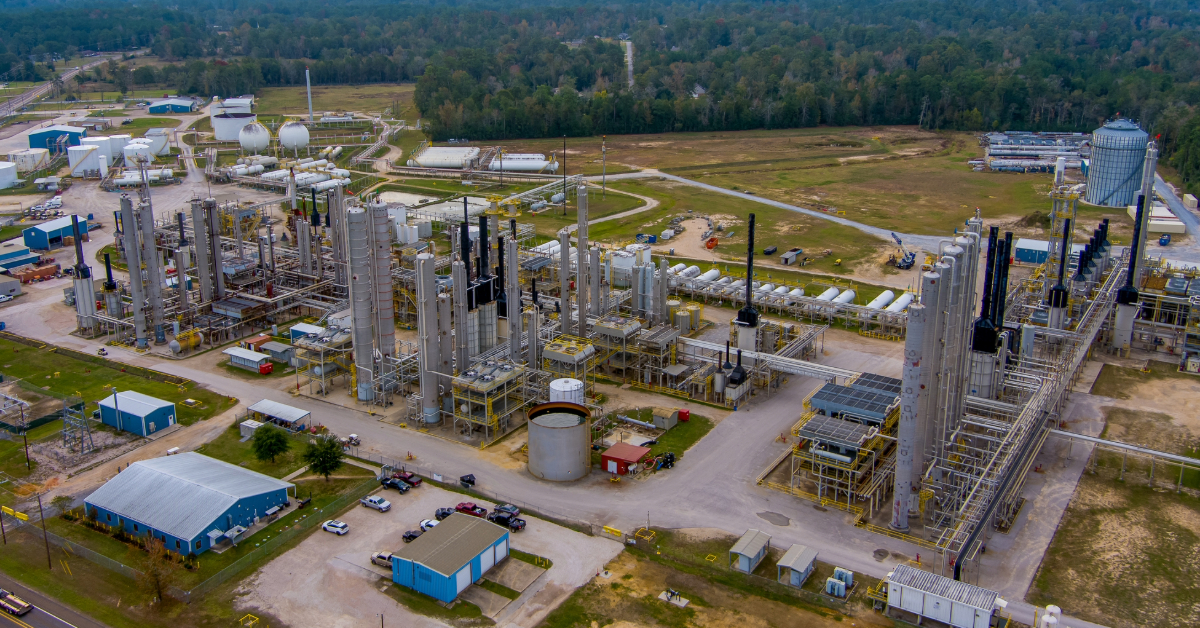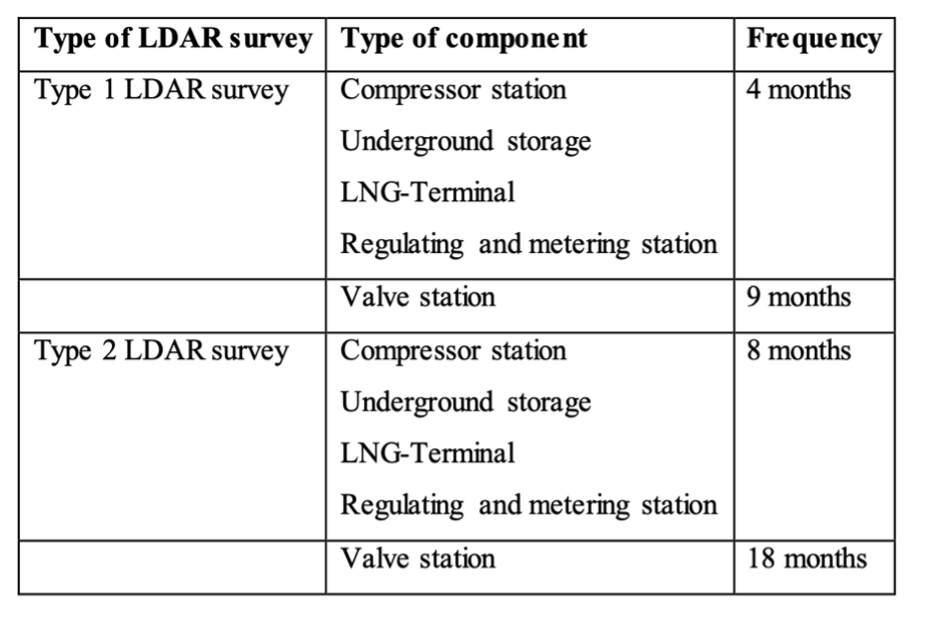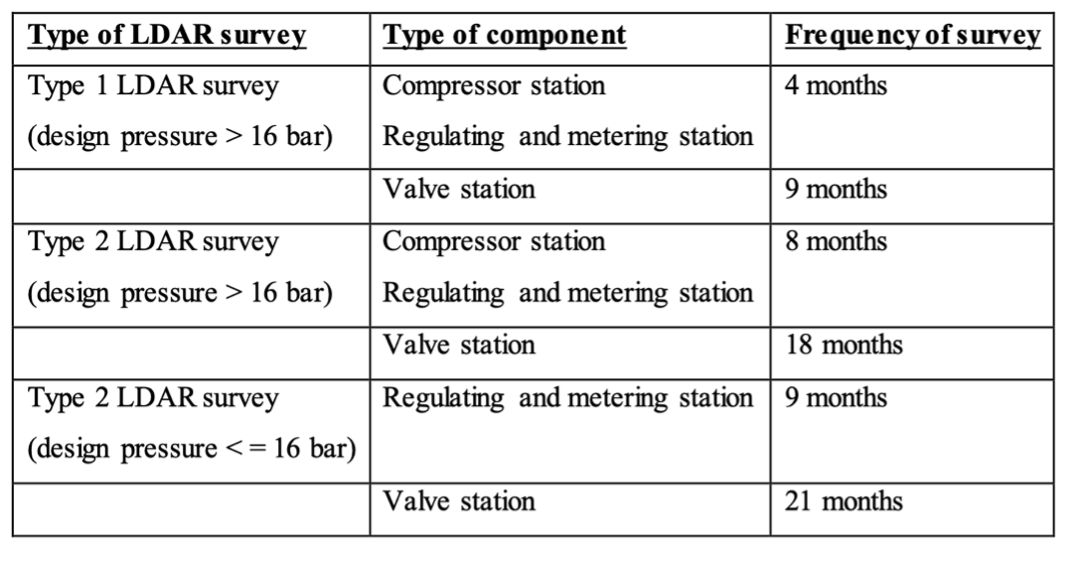European Union Methane Emissions Reduction 2024/1787 Ruling: Maintaining Compliance Requires Quantitative Optical Gas Imaging

Recently, the European Union (EU) announced its highly anticipated legal requirement concerning methane regulation. Unlike the recently finalized methane and oil and gas emissions leak detection and repair (LDAR) rules from the United States Environmental Protection Agency (EPA) late last year, this rule is significantly more stringent, requiring both detection AND quantification of methane gas. With this additional layer of detail, companies can better understand their emission impact and produce more accurate inventories of methane emissions.
This requirement builds on the final approval EU ministers gave their respective governments’ to impose methane emissions limits on Europe's oil and gas imports from 2030, pressuring international suppliers to cut leaks of the potent greenhouse gas.
This latest announcement puts the rule in place, requiring methane leak detection capabilities specifically of upstream exploration and production, including all types of wells, along with fossil gas gathering, processing, transmission, distribution, and underground storage including liquefied natural gas terminals. This ruling also applies to operating underground and surface coal mines along with closed or abandoned underground coal mines.
The ruling reflects the EU’s long-term commitment to reducing emissions. According to data from the EU’s Green House Gas (GHG) Inventory Report, more than half of all direct energy sector methane emissions is due to unintentional release of emissions into the atmosphere. Therefore, EU authorities believe that focusing on locating and fixing methane leaks, or LDAR, can create a substantial dent in emissions towards achieving its respective climate goals.
Understanding timelines, leak types, and measurement
Now that the rule is implemented, affected organizations have various timelines to consider for conducting different types of leak tests as part of comprehensive LDAR program. For all aboveground and underground components, excluding transmission and distribution networks, leak detection and repair surveys shall be conducted based on the following timelines:

The following table outlines the leak detection and repair surveys minimum frequencies for all components of transmission and distribution networks:

In the above tables, Tyle 1 LDAR surveys refer generally to gross leak detection and repair surveys, essentially the larger leaks that have the greatest influence on the environment, and thus generally require more frequent inspection. In contrast, Type 2 LDAR surveys refer to locating smaller, more granular leaks, and thus those inspections are generally longer in frequency.
QOGI – the Most Effective Technology for Completing Type 1 LDAR Surveys
For Type 1 LDAR surveys, specifically, QOGI (Quantitative Optical Gas Imaging) offers an extremely effective and efficient method to quickly locate large leaks defined as those “17 grams/hour at standard temperature and pressure” as outlined in Article 14 of the regulation literature. In contrast, Type 2 LDAR leaks are defined as 5 grams/hour at standard temperature and pressure.
To achieve effective Type 1 LDAR survey capability, QOGI offers numerous advantages. First, not only will inspectors need to detect methane leaks, they must also detect the size of such leaks and act quickly to remediate leaks at 17 grams/hour or more, as noted above.
Furthermore, the rule states that inspectors must measure emissions at “each potential emissions source,” and as close as possible, meaning inspectors cannot rely on aerial inspection tools alone. Instead, inspectors will need QOGI devices to get close enough to detect and measure the exact leak points for repair, but still remain at a safe standoff distance. This issue is compounded by the fact the rule requires repairs to be attempted quickly--within 5 days of detection and then completed within 30 days.
According to Steve Beynon, Director of Sales for FLIR’s Optical Gas Imaging vertical, utilizing the latest OGI technology has always been at the forefront to empower companies to meet regulatory goals.
“We have been working with all aspects of the EU for years to help empower the industry to leverage technology in methane emissions mitigation and feel that Optical Gas Imaging has a fundamental role in the future of methane mitigation in the EU,” said Beynon.
Tools such as the FLIR QL320 OGI companion device as well as built-in quantification from the latest FLIR G-Series cameras provide effective methods to satisfy the latest EU regulations around methane leak detection and mitigation. These highly advanced solutions allow operators to quantify emissions at a safe distance through advanced analytics leveraging FLIR’s OGI camera technology.
Images using FLIR’s Gx320 Quantification in Camera feature (L: Methane emission measured in grams / hour; R: Large emission measured in concentration – PPM-M):


However, the use of such tools requires some technological knowledge, understanding of the application and training on the science of OGI and use of the cameras. This regulation requires LDAR operators to be trained. There are other considerations to review when acquiring the most effective tool for the job.
For organizations interested in learning more how to leverage FLIR QOGI tools to satisfy EU regulations, they can visit the Infrared Training Center (ITC): https://www.infraredtraining.com/en-US/home/training/on-demand-training/qogi-and-the-ql320/
For more about how QOGI works, visit https://www.flir.com/discover/webinars/ogi-webinars/Understanding-qogi/.

